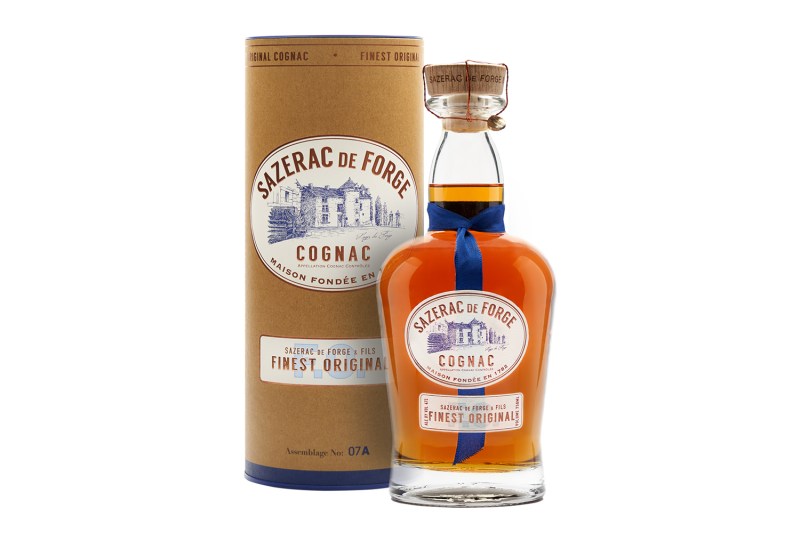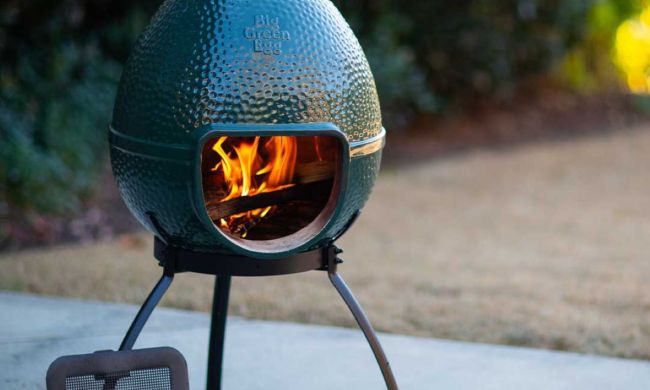Today, Sazerac is known as the company behind big booze brands like Buffalo Trace, Pappy Van Winkle, Southern Comfort, and, love it or hate it, Fireball. But four centuries ago, the Sazerac family owned vineyards and a distillery in the Cognac region of France and established the Sazerac de Forge cognac house. And now Sazerac is reviving this brand with its Sazerac de Forge & Fils “Finest Original” Cognac, a non-chill filtered expression bottled at 94 proof. For now, it’s available exclusively at the newly opened Sazerac House in New Orleans for $130, but will reach a wider national market starting this spring.

The cognac was made in collaboration between a few important figures at Sazaerac: master blender Drew Mayville, master distiller Brian Prewitt, and cognac industry expert Clive Carpenter. “Throughout the process of blending the new Sazerac de Forge & Fils ‘Finest Original’
In other Sazerac House news, Sazerac Rye is now being bottled in limited quantities there. The rye is still distilled at Buffalo Trace, of course, but a small portion is being shipped to the Big Easy for bottling. In the future, a 500-gallon still will be in operation at Sazerac House as well, which in a circuitous route will be shipped back to Kentucky for aging, then returned to New Orleans to be bottled there.



